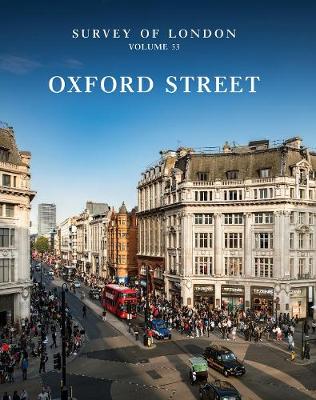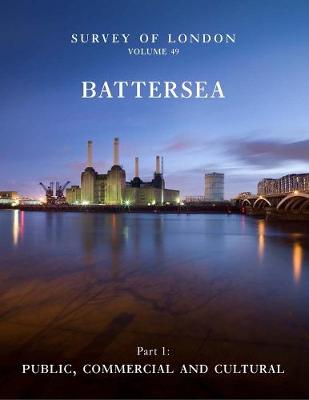Survey of London (YALE)
2 total works
Oxford Street is among the world's great shopping streets, renowned for its department stores and the vitality of its crowded sidewalks. As a thoroughfare, Oxford Street goes back to Roman times. It was formerly known under the earlier name of Tyburn Road and was notorious as the route of the condemned to the gallows near the site of the present Marble Arch. This exceptional book is the latest in the famous Survey of London series, and the first to focus on a single street. It offers new insights into the growth of shops and shopping in the British capital, as well as a wealth of data, photographs, and drawings illuminating the buildings and activities that have given Oxford Street character. Written in the accessible prose that is a hallmark of the Survey of London, it is handsomely designed in the Survey's house style and illustrated with 385 photographs and drawings with most previously unpublished.
The south London parish of Battersea has roots as a working village, growing produce for London markets, and as a high-class suburb, with merchants' villas on the elevated ground around Clapham and Wadsworth Commons. Battersea enjoyed spectacular growth during Queen Victoria's reign, and railroads brought industry and a robust building boom, transforming the parish into another of London's dense, smoky neighborhoods, though not without its unique and distinguishing features. Among these are Battersea Park, which was created by the Crown in the 1850s; the monumental Battersea Power Station, completed in 1939; and Clapham Junction railway station, which is, by measure of passenger interchanges, the busiest station in the United Kingdom.
The two latest volumes of the Survey of London, 49 and 50, trace Battersea's development from medieval times to the present day. Offering detailed analysis of its streets and buildings both thematically and topographically, and including copious original in-depth research and investigation, the books are a trove of architectural history and British history. Profusely illustrated with new and archival images, architectural drawings and maps, these volumes are welcome additions to the acclaimed Survey of London series.

